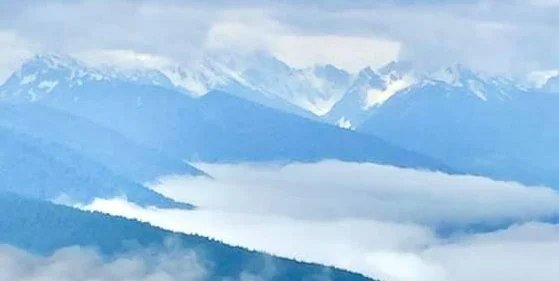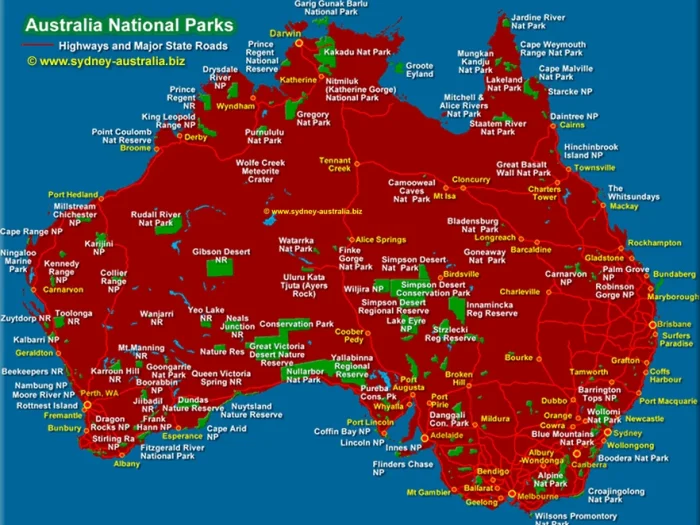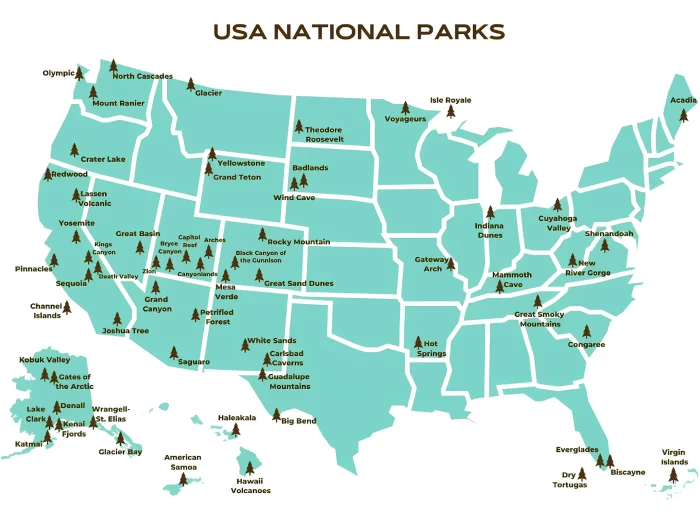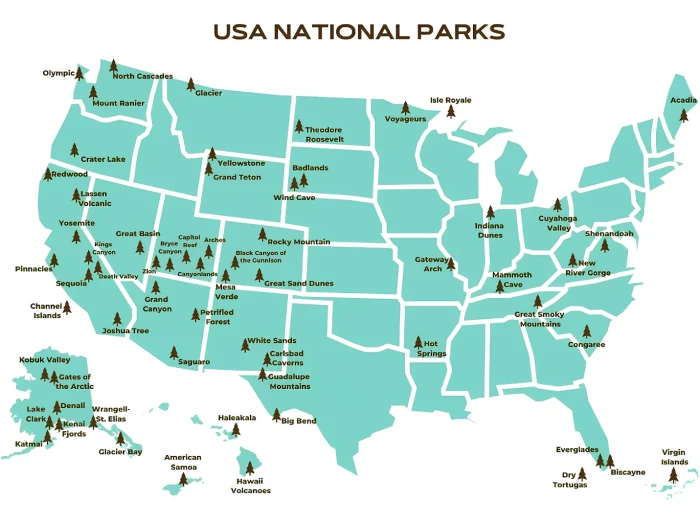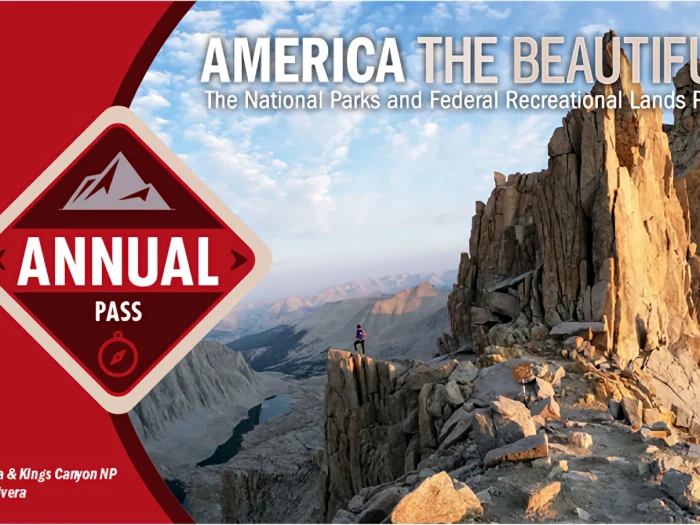Planning Your First National Park Adventure: What to Know Before You Go
Visiting a national park is one of the most rewarding outdoor experiences you can have. From towering peaks to serene lakes, national parks offer some of the best landscapes and wildlife in the country. Whether you’re after a peaceful retreat or an action-packed adventure, the first step in making your national park trip memorable is proper planning.
Here’s everything you need to know about how to choose your park, what to expect, and how to budget for your adventure.
1. Choosing the Right National Park
There are over 400 national parks in the U.S., each offering unique landscapes, activities, and experiences. When choosing your first park, consider your interests and activity level.
- Hiking and Adventure: Head to parks like Yosemite, Zion, or Grand Canyon, which feature world-famous trails and awe-inspiring views.
- Wildlife Watching: If you’re keen on spotting wildlife, visit Yellowstone or Great Smoky Mountains, where you can see bears, bison, and other animals up close.
- Relaxation: Parks like Acadia and Sequoia are perfect for those who want to unwind in nature, with plenty of quiet areas to enjoy the beauty of the outdoors without heavy crowds.
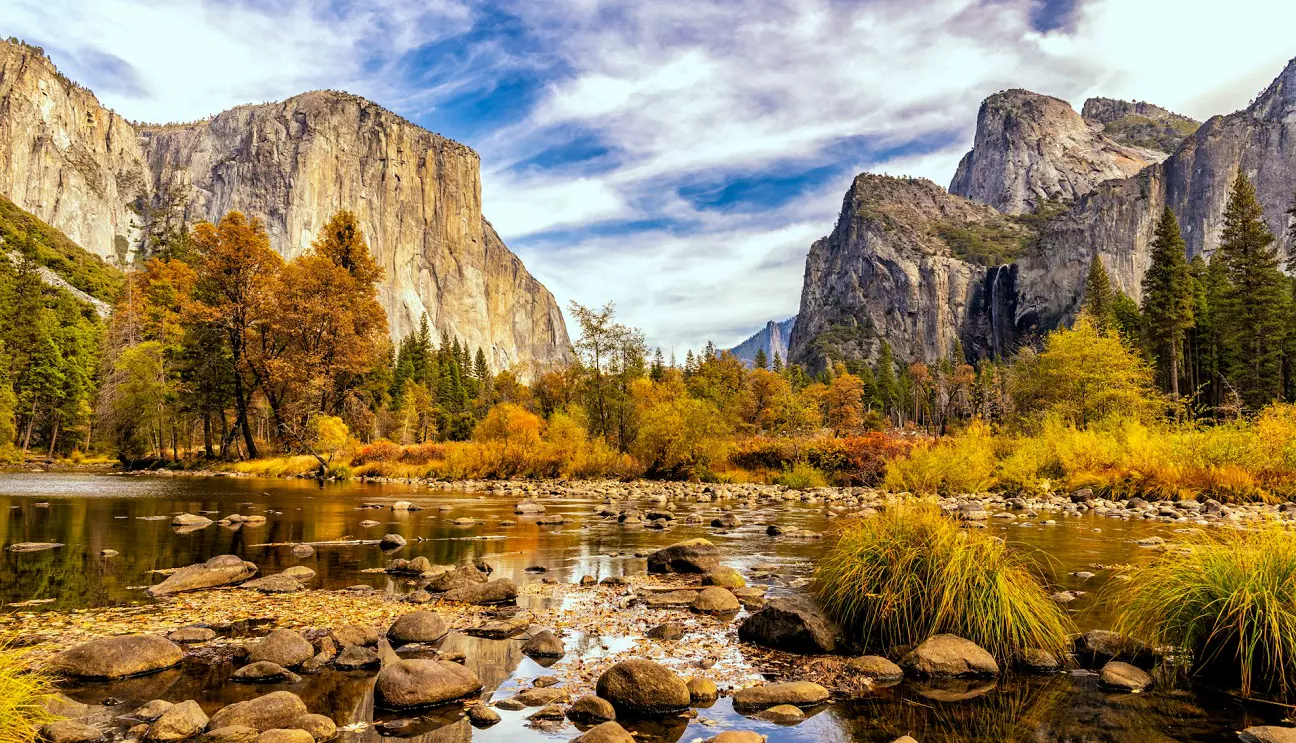
Yosemite Fall Colors (image: Rakshith Hatwar)
Each park offers its own set of activities, so do some research to pick one that fits your preferences and the type of experience you’re looking for.
2. Plan Your Visit Around the Best Time to Go
Timing plays a big role in how much you enjoy your trip. Some parks can get crowded during peak season, while others may be more peaceful in the off-season.
- Peak Season (Summer): Expect larger crowds and higher prices. However, summer is when many parks are fully accessible with all services open. Ideal for longer trips and full experiences.
- Shoulder Seasons (Spring and Fall): These are great for avoiding the crowds while still enjoying pleasant weather and good wildlife viewing. The Great Smoky Mountains and Yellowstone offer spectacular fall foliage.
- Off-Season (Winter): If you don’t mind cooler weather, visiting in the winter can give you a more serene experience. Parks like Yosemite and Grand Canyon offer stunning winter landscapes.
Plan according to your ideal weather, crowd levels, and activities available during your chosen season.
3. Budgeting for Your National Park Trip
A national park trip doesn’t have to break the bank. With proper planning, you can enjoy all the beauty and adventure that parks offer while sticking to your budget. Use the 50/30/20 calculator to help you allocate funds for the trip. This budgeting tool breaks down your expenses into manageable categories, ensuring you’re ready for transportation, accommodations, and activities.
4. Packing for Your Adventure
Packing the right gear is essential for any national park trip. The weather can change quickly, and having the right clothing and supplies will keep you comfortable and safe.
- Clothing: Pack in layers to accommodate changing weather. A light fleece, waterproof jacket, and comfortable hiking boots are must-haves.
- Daypack: A lightweight pack with water, snacks, sunscreen, and a first-aid kit is perfect for day hikes.
- Gear: Depending on your activities, you might need extra gear like binoculars for wildlife watching or a camera to capture the stunning views.
Check the weather forecast for your destination to make sure you’re prepared for any surprises.
5. Safety First: Know Before You Go
While national parks are incredibly safe to visit, it’s important to follow some basic safety rules to protect yourself and the environment.
- Wildlife: Always keep a safe distance from animals, and never feed them. Remember that they are wild and should be respected from afar.
- Trail Safety: Stay on marked trails to avoid getting lost or disturbing the park’s fragile ecosystem. Carry a map and be sure to let someone know your plans before heading out.
- Emergency Kit: It’s always a good idea to bring a first-aid kit, especially if you’re planning to hike. Make sure you have the basics, like bandages, antiseptic wipes, and blister protection.
By staying informed and prepared, you’ll be able to focus on enjoying your trip without worrying about unexpected challenges.
Final Thoughts: Your First National Park Adventure Awaits
Your first national park adventure is sure to be unforgettable. With careful planning, budgeting, and preparation, you’ll be able to enjoy the stunning beauty of the park while having a safe, enjoyable, and financially manageable experience.
So pack your bags, lace up your boots, and get ready for an adventure of a lifetime in one of the most breathtaking places on Earth!
